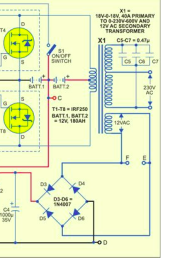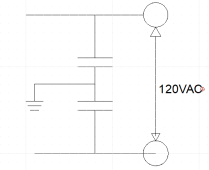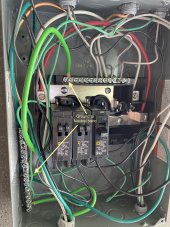None I’m aware of.Is there a non-destructive test to determine if the inverter will survive?
Personally, if the inverter doesn’t have wiring connections, I wouldn’t try it.
Use portable inverters mobile, and hard wire optioned inverters for hard wiring.





